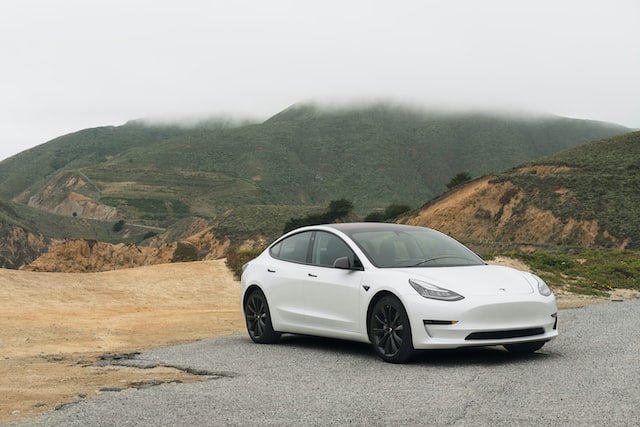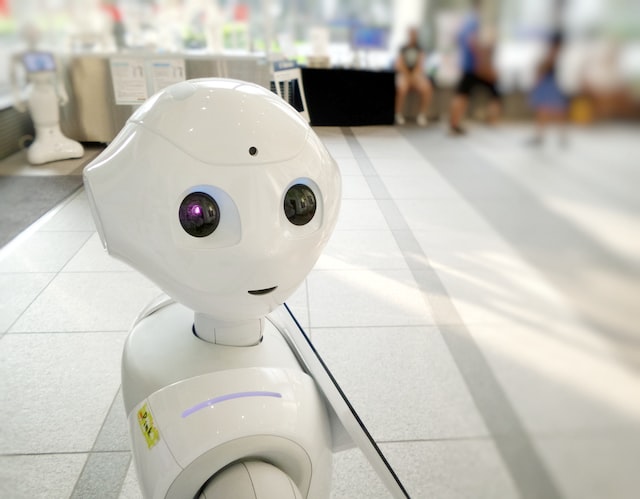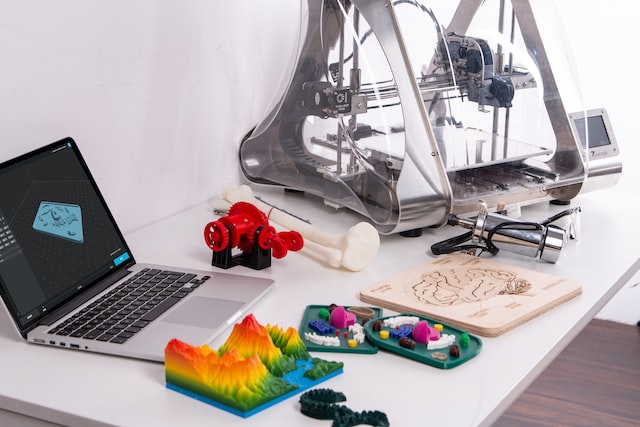Greatest 21st technological inventions
Inventors continue to create new technologies that benefit society at large, ranging from self-driving cars to artificial intelligence. Here’s a look back at some of the technological advances of the 21st century.
The electric car is more than just an environmental solution.
It will be a major part of transportation for most people in the future. Electric vehicles can eliminate air pollution and increase road safety because they are silent, which means drivers won’t have to worry about being distracted by other traffic or noise. Also, battery technology continues to improve, allowing for longer driving ranges.
Self-driving cars
Self-driving cars will become a reality on public roads with Google testing them out in Mountain View, Calif., since 2013. By 2022, these types of automobiles could reduce highway deaths by 90 percent and fuel consumption by 50 percent bonus sans depot casino en ligne. Uber plans to launch its autonomous vehicle service in 2021.

Self-driving bikes are no fantasy
They’re already here among companies such as JUMP Bike Share in San Francisco. These shared, dockless bicycles are controlled via a smartphone application. Riders simply locate their desired bike and download the app. Once this is done, it operates autonomously. The next time you need a bike, all you do is open the app and find one close to where you want to go. No worries if you don’t catch the bike during that time frame thanks to GPS tracking!
Artificial Intelligence (AI) is becoming more advanced every day.
We’ve seen AI used over and over again in movies including “Star Wars” and “The Terminator.” Now, instead of using only voice recognition, we are seeing facial recognition software. An example of this would be Amazon Go — which opened up shop in Seattle in 2017. This store doesn’t require any checkout lines because when customers enter the shop, cameras identify them through their faces, payment information is taken care of automatically, and items are shipped.

3D printing
3D printing has been around for decades but was mostly limited to manufacturing plastic toys and jewelry before the turn of the century. Today, 3D printers use multiple colors and materials to create objects, even working together to produce functional pieces
Consumer virtual reality headsets like Oculus Rift allow us to see entirely different worlds. The headset connects to high-end video game consoles and computers while streaming videos of virtual environments. A study showed that VR had a positive effect on moods and increased socialization rates. Consumers were also able to feel what it felt like to be inside video games like “Minecraft.”

Virtual reality isn’t just for gaming anymore.
Companies are beginning to harness technology to provide consumers with better customer experiences. Instead of receiving tickets in the mail, how about booking your flight directly through Facebook? Or how about ordering groceries online from 7-Eleven? That’s the direction that consumer tech is heading now.
In conclusion,
One company, Shapeways, claims to be the world’s first online 3D print marketplace, while another, MakerBot, is a cloud-based operating system. With the advancements in 3D printing, we may soon be able to print our body parts and organs.
